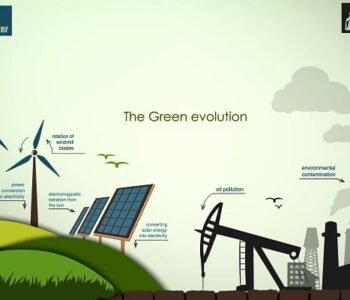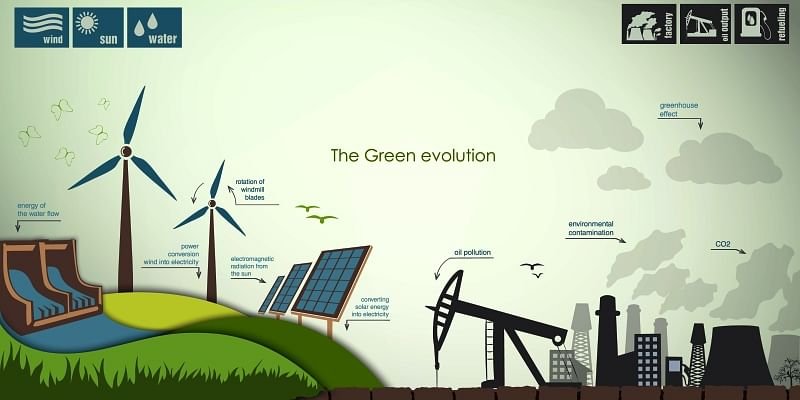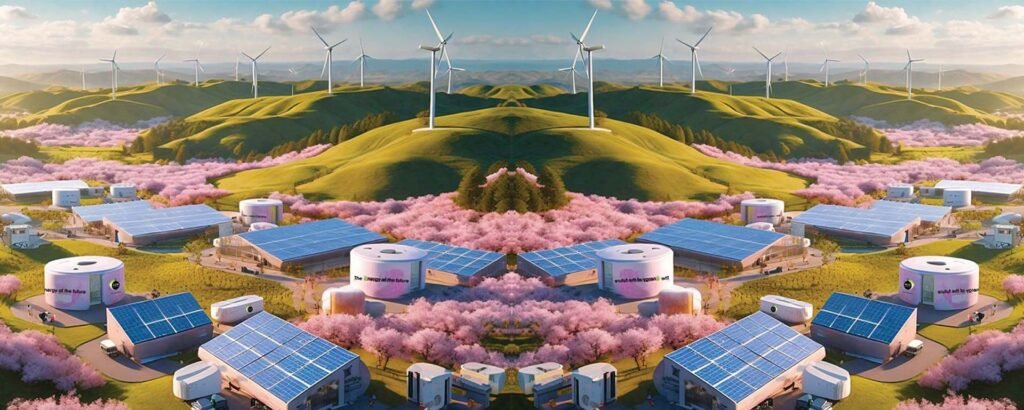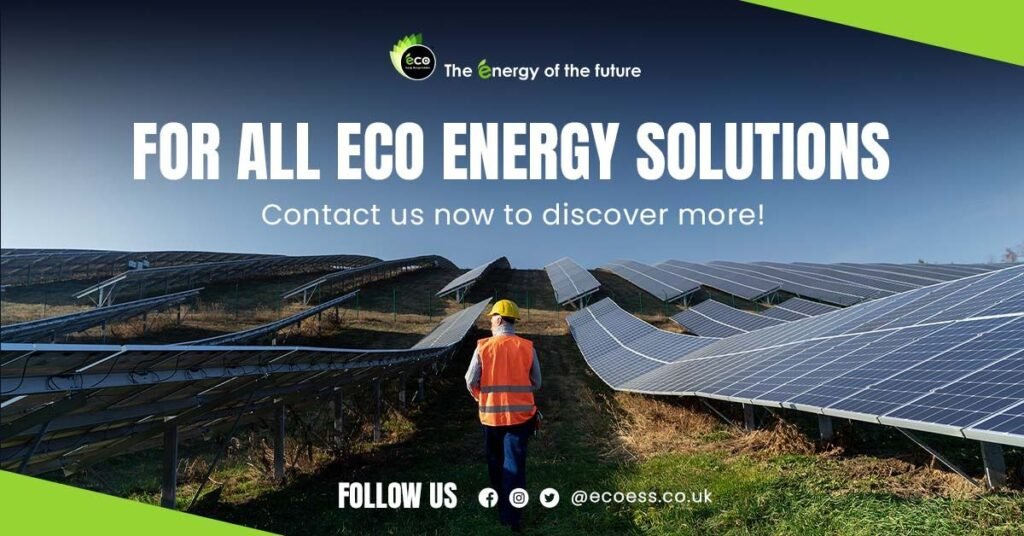 Co2 Emission
Co2 Emission
What are the driving forces behind decarbonisation?
“COP26 aside, financiers are being driven to invest in decarbonisation by the brute reality of the climate crisis, by public pressure, and by shifting market forces.
Spooked by the risks of inaction, 45% of banks disclosing to CDP — the global environmental impact disclosure non-profit group — have aligned their portfolios with net zero. This empowers green technology companies.
Despite the pandemic, 260GW of new renewable generation was deployed globally in 2020 – smashing former records by almost 50 per cent. The electric vehicle (EV) sector raised US$28 billion, 10 times more than in previous years.
And we are seeing increasing support for the key technology linking renewable generation with zero-carbon transport: battery storage.
The forces behind the energy transition are expanding the market for new storage technologies. The global storage market is poised to increase by 23% by 2030. As the market grows, regulation will respond, making it easier for battery operators to meet the needs of energy systems.
We are already seeing this in the UK. The Government is consulting on opening up the transmission network to competition, so that new technologies can resolve constraints at lower costs to consumers. The Pathfinders programme of the national electricity system operator National Grid ESO, is enabling operators to stack revenues, so that they can provide multiple flexibility services at once.
These changes make it more likely that we will hit the 18GW of storage capacity we need to run a zero-carbon system.”
By James Basden








